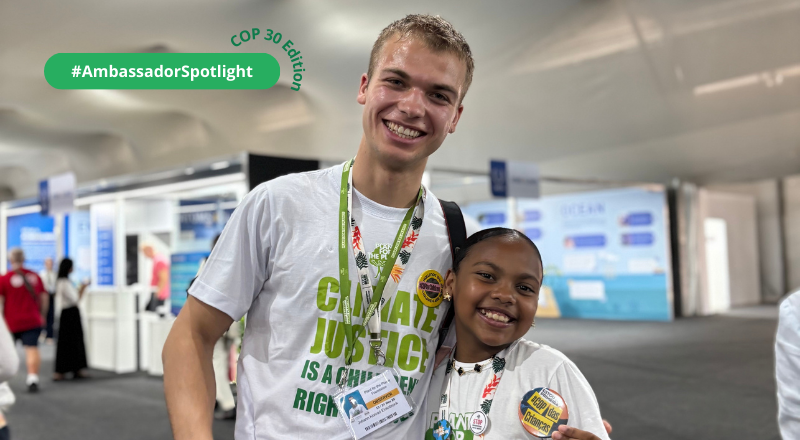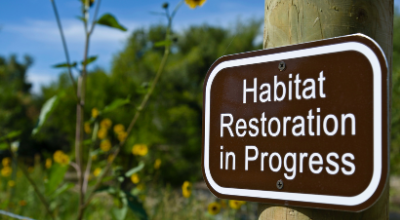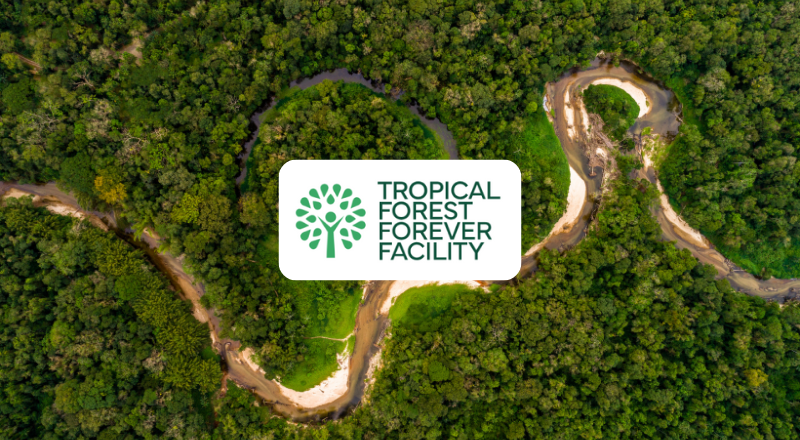
When you arrive at COP 30 in Belém, the first thing you notice is the humid heat – even inside the venue, where the AC gave up more than once. It’s not dramatic to say it felt like a reminder, a physical hint of the world we are heading toward if we fail to act.
Into this setting, we arrived with a delegation of 10 dedicated people: Climate Justice Ambassadors and youth leaders fighting for climate justice. Two themes guided our work on the ground: the role of children in climate decision-making and the future of Earth’s forests.
Civil society’s presence at COP is crucial. Governments negotiate, but people, children and youth, Indigenous Peoples, and scientists hold them accountable. Without civil society, COP risk becoming closed spaces where political compromises overshadow scientific urgency and frontline realities. Our role is to bridge that gap, to remind negotiators whom these decisions are for, including future generations, and to push for solutions grounded in justice, evidence, and lived experience. And that’s what we did.
Climate Justice is a Children’s Rights Issue
At COP 30, we continued our mission: ensuring that the voices of children and youth are not symbolic, empowering them, and amplifying their voices. Children are not just one of the most vulnerable groups when it comes to the climate crisis, they are rights-holders whose futures are being negotiated in real time. Yet they are still too often sidelined.
This year, the COP Presidency created an important opening: the Global Ethical Stocktake (GES), an effort to complement the Paris Agreement’s Global Stocktake with an ethical lens. We contributed, and together with our global Ambassador’s network, we led dialogues in 12 countries across four continents, gathering the perspectives of more than 600 young people.
Ten Climate Justice Ambassadors, aged 9 to 15, arrived to Belém to bring these voices directly into COP 30. They joined a high-level intergenerational dialogue with COP 30 CEO Ana Toni and Mary Robinson, former President of Ireland and former UN High Commissioner for Human Rights, and shared the demands of their peers.
They also spoke at a press conference, took part in a Blue Zone action with messages like “We’re fighting for children’s rights — are you?” and “No time to play”, and gave interviews. They weren’t symbolic participants, they were active contributors.
As Fatou Jeng, our International Empowerment Manager, put it: “It was great to hear from children all over the world sharing their stories and their demands for a just and inclusive world. My hope for the next COP is to see increased representation of children, especially those from local and vulnerable communities. I want to see children recognized in the Just Transition dialogues.”
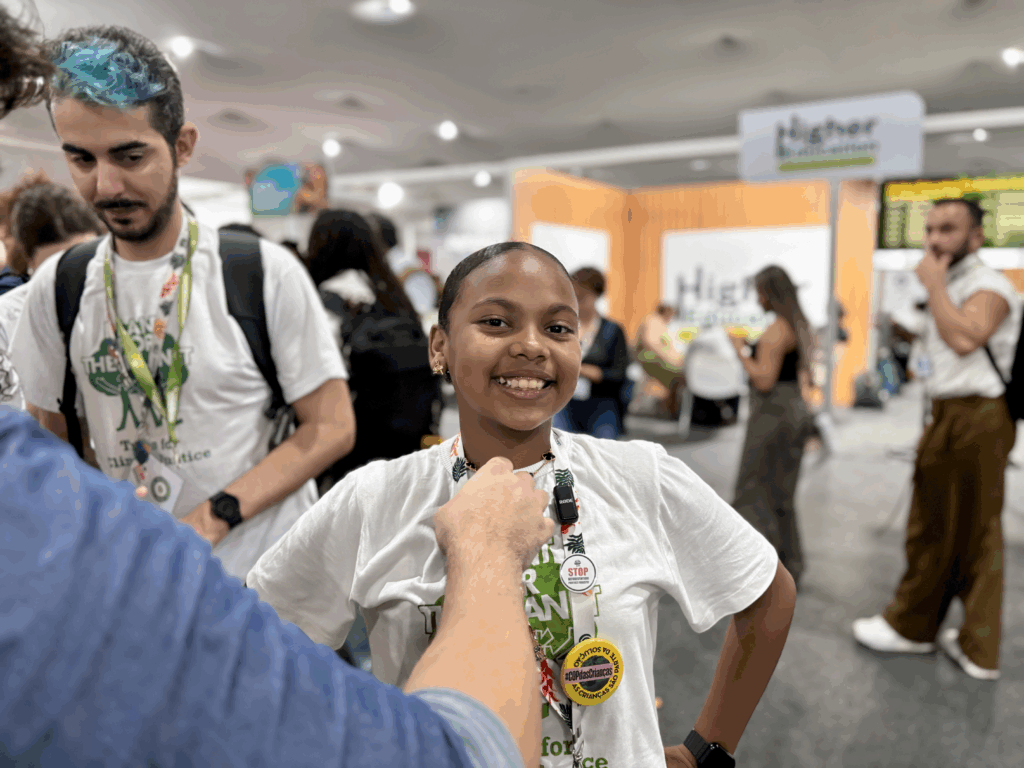


Forests at the Heart of Climate Action
Standing at the edge of the Amazon, the world’s largest rainforest, made the stakes painfully clear. Forests are climate stabilizers, water regulators, carbon sinks, and cultural lifelines for millions of people. Yet they remain under constant threat from deforestation, degradation, and short-term political decisions. At COP 30, the presence and leadership of Indigenous Peoples were especially visible. Their voices, grounded in generations of stewardship, reminded the world that protecting forests is not only a climate necessity but also a matter of rights, culture, and survival.
Our focus in Belém was straightforward: protect the forests we still have. Safeguarding existing forests remains one of the most effective climate solutions — and when paired with science-based restoration, it becomes even more powerful.
This year, our advocacy helped drive momentum for the Tropical Forest Forever Facility (TFFF), which has now reached $6.7 billion in pledges. To turn this into real impact for the world’s tropical forests, global commitments need to invest at least $6.3 billion more by the end of 2026. Additionally, through our platform, TFFF Watch, we continue pushing for transparency, accountability, and needed environmental and social safeguards, because the TFFF can only succeed if it protects forests in a way that respects ecosystems and the communities who depend on them. We also distributed The Change Chocolate, each bar carrying a message calling for the protection of rainforests. Plant-for-the-Planet has been using chocolate to spread climate messages since 2013.
Still, one major disappointment was the removal of the proposed Deforestation Roadmap from the final agreement. It was replaced by a voluntary accelerator that lacks real strength and political legitimacy. Yet voluntary initiatives did make progress: like the TFFF, and a $2.5 billion pledge to the Congo Basin, and $1.8 billion for Indigenous Peoples, all of which can support key rainforest regions if implemented responsibly.
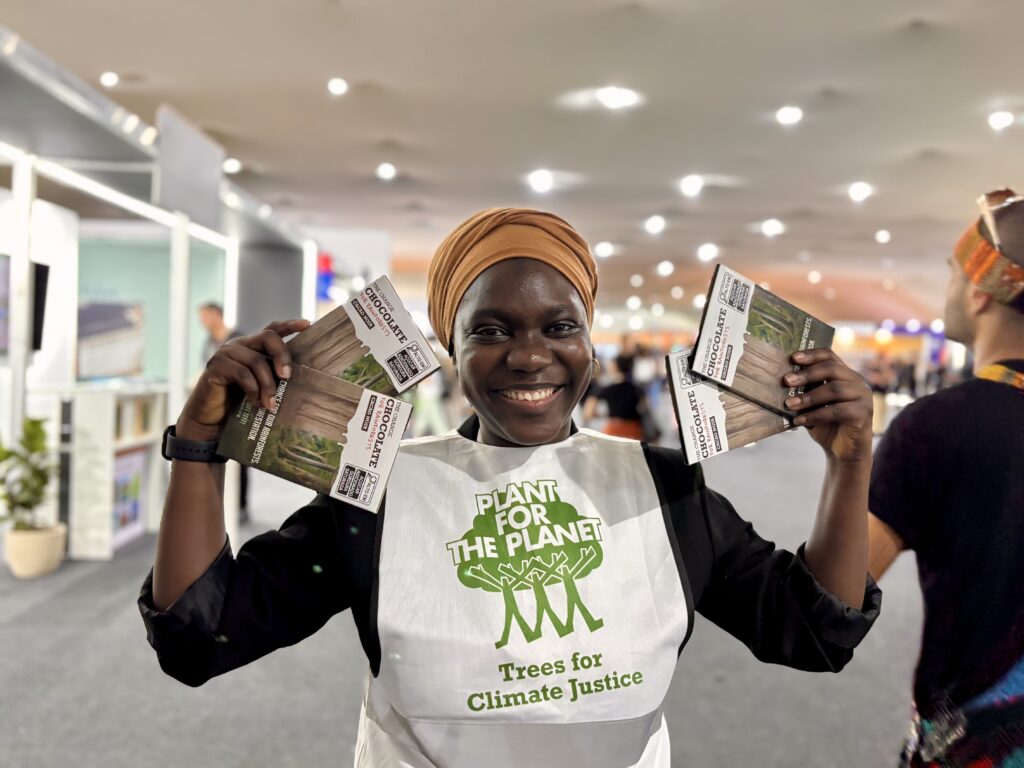
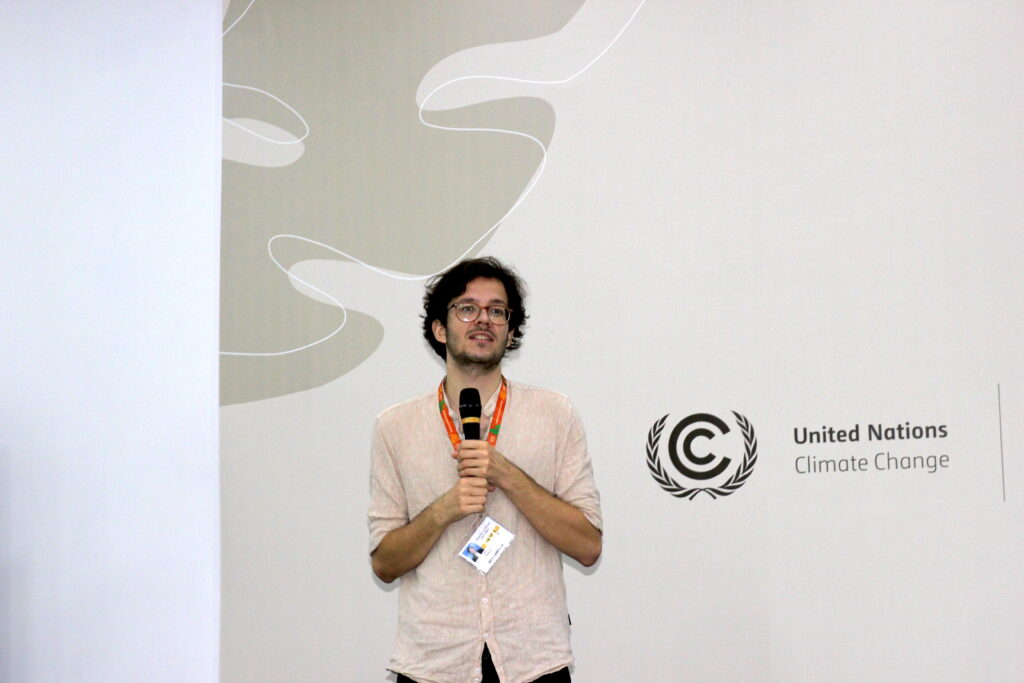
Looking to the future
What comes next is clear: while COP 30 delivered unprecedented language on rights and inclusion, including for children and Indigenous Peoples, the decisions still fall far short of the ambition the world needs. COP 30 marked a historic moment in recognizing children’s rights on the global stage, but recognition alone is not enough — we must translate words into action.
At the same time, the adaptation outcome fails to meet the urgent needs of climate-vulnerable communities, and governments once again did not agree to a just, equitable, and fully financed transition away from fossil fuels. Closed-door negotiations and the growing influence of fossil fuel lobbyists continue to undermine trust and transparency in the COP process.
We will keep pushing to turn these commitments into real policy, funding, and change. The fight for climate justice doesn’t end here. As we look toward COP 31 in Türkiye, we will continue to demand greater ambition and advocate for children’s rights, forest restoration, and conservation.
Stay with us. All about us at COP 30 here.
